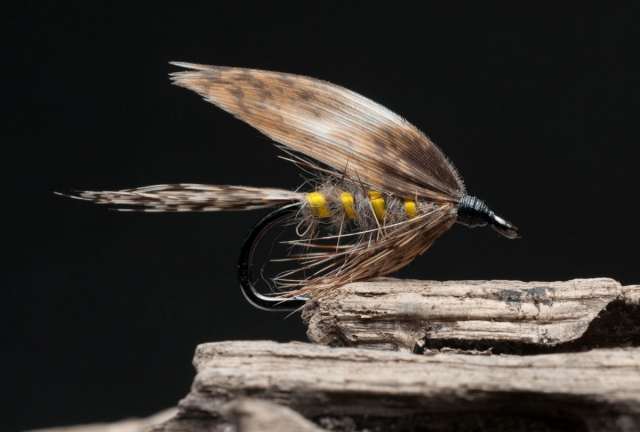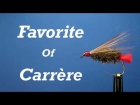Skinny Nelson and variations
During this fly tying tutorial, I decided to give detailed tying instructions for Tracy Peterson's "Skinny Nelson," plus a few variations of the pattern (including a great one for midges). This pattern was originally developed for skinny water (as a baetis or midge imitation), but has since become known for its powers in the deep, primarily due to the addition of a tungsten bead. Popular species to fish for with this pattern include trout, grayling, steelhead, and salmon. In the second part of this video, I show and explain a number of ways to vary this pattern, which adds a lot more to the pattern. Please note that I chose to tie this on a standard-shanked hook, which is more representational of the flies in my area. I do mention a 1xl hook during the tutorial, which may better represent insects in your area.
Speaking of hooks, the one I recommend for this pattern (and many other nymphs) is the W502 by Allen Fly Fishing. Both this and its counterpart (the W520BL barbless model) are excellent hooks that help to get the fly down quickly. Check out this model and others @: http://www.allenflyfishing.com/w502-wet-fly-nymph/
Thanks for viewing this fly tying tutorial; feel free to leave comments/questions on this YouTube page, or you can email me at: tcammisa@gmail.com
Read more about why you should register.
The Global FlyFisher does NOT make any money from these links or purchases!
You can support the Global FlyFisher directly here, if you feel like it.
More content from the front page
Since you got this far …
… I have a small favor to ask.
Long story short
Support the Global FlyFisher through several different channels, including PayPal.
Long story longer
The Global FlyFisher has been online since the mid-90's and has been free to access for everybody since day one – and will stay free for as long as I run it.
But that doesn't mean that it's free to run.
It costs money to drive a large site like this.
See more details about what you can do to help in this blog post.






















































